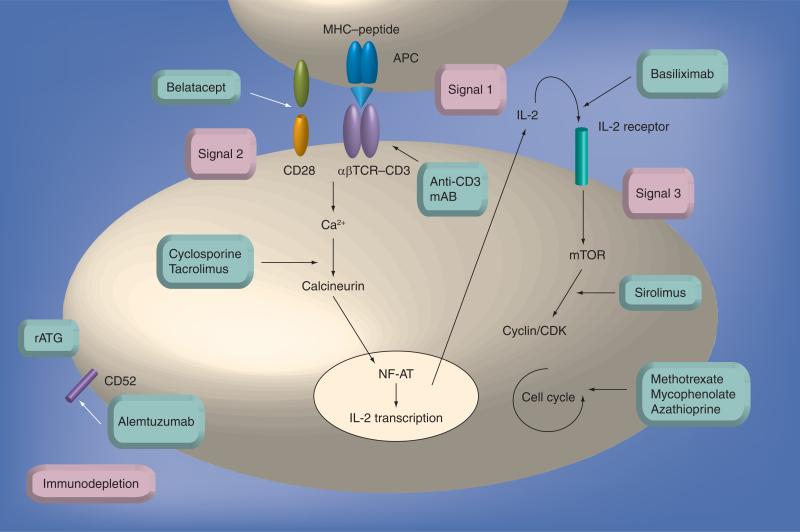Figure 1. Current immunosuppressive drugs and their targets.
Signal 1 results from MHC–antigen recognition through the T-cell receptor–CD3 complex, a process blocked by anti-CD3 mAbs and indirectly by rituximab. Signal 2 results in costimulation, a process that can be blocked by belatacept. Costimulation activates downstream signaling pathways, resulting in calcineurin activation, a stage that can be inhibited by tacrolimus and cyclosporine A. Activated calcineurin dephosphorylates NF-AT, allowing IL-2 transcription to initiate signal 3. IL-2 receptor stimulation, a step that can be blocked by basiliximab, activates the mTOR signaling cascade, which can be inhibited by sirolimus. This pathway induces the T cell to enter the cell cycle and proliferate, which in turn can be blocked by methotrexate, mycophenolate and azathioprine. rATG exerts polyclonal effects while alemtuzumab binds to CD52, both resulting in immunodepletion. mAb: Monoclonal antibody; NF-AT: Nuclear factor of activated T cell; rATG: Rabbit antithymocyte globulin.

